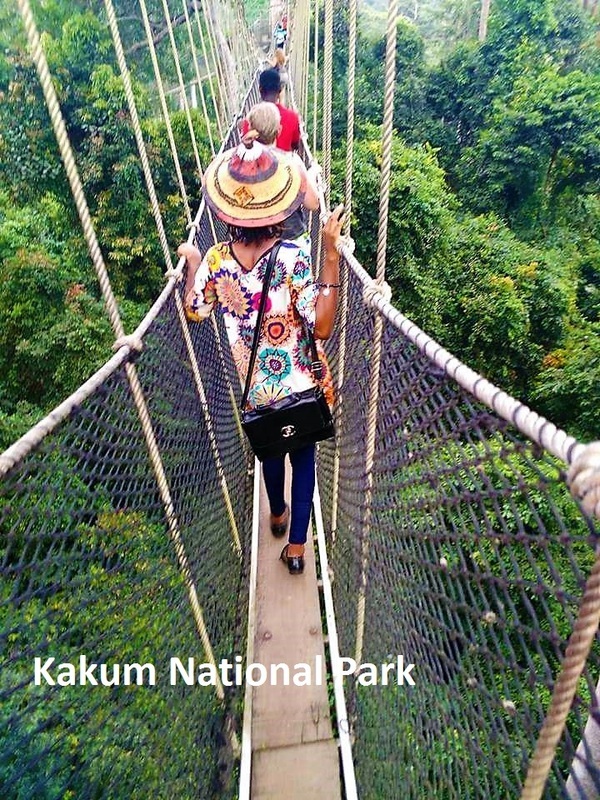
Built: 1653 (Swedish), later expanded by the British
Highlights: Slave dungeons, the infamous Door of No Return, and grand colonial courtyards
Why Visit: As a UNESCO World Heritage Site, Cape Coast Castle epitomizes the horrors of the transatlantic slave trade. Guided tours share firsthand accounts of human suffering and resilience, making it an essential pilgrimage site.
Kurka’s Contribution: His photos capture and evoking the emotional weight of this historical space.
Built: 1482 by Portuguese — the oldest European castle in sub-Saharan Africa
Highlights: Maritime bastions, royal rooms, and original dungeon cells
Why Visit: Elmina offers a broader context for European expansion and colonial exploitation. Visitors can trace the evolution from trade to conquest over centuries.
Kurka’s Contribution: His photos highlight both architectural beauty and haunting memory of a dark past.

Established: 1972; relocated 1991 Ghana Maritime AuthorityWikipedia
Highlights: Traditional pottery, musical instruments, jewellery, chiefs’ regalia, carved stools, and bronze vessels
Why Visit: A cultural immersion into northern Ghana, where local traditions flourish and heritage thrives. The museum also organizes excursions to sites like Tongo hills and Paga Crocodile Pond
Highlights: Ewe craftsmanship in pottery, wood carvings, traditional dress, and historical photography
Why Visit: Experience the unique culture of the Volta Region — its artistry, history, and identity beyond colonial narratives.
Kurka’s Contribution: Vivid image collections showcase the depth and texture of Ewe cultural artifacts.
Historical Truth: Confronting colonialism and the slave trade firsthand fosters healing and awareness.
Cultural Reunion: For diaspora visitors, these sites offer powerful ancestral reconnection.
Local Empowerment: Museums like Bolgatanga’s champion regional identity and youth education.
Educational Value: Each site offers unique storytelling — from local culture (Upper East, Volta) to coastal legacies (forts, castles).
Guided Tours Recommended: Especially at Cape Coast, Elmina, and Fort Batenstein for immersive context.
Best Times for Photos: Early morning or late afternoon for dramatic lighting.
Extend Your Visit: Near the Upper East Museum, explore local festivals — including Adaakoya (January–February) and Yagle‑Kuure (January–February)
These forts, castles, and museums weave a narrative of human endurance and cultural pride — from the battlegrounds of memory to the heartbeat of modern Ghana. Thanks to Remo Kurka’s compelling photography and advocacy.
Discover history. Reconnect to roots. Be inspired.